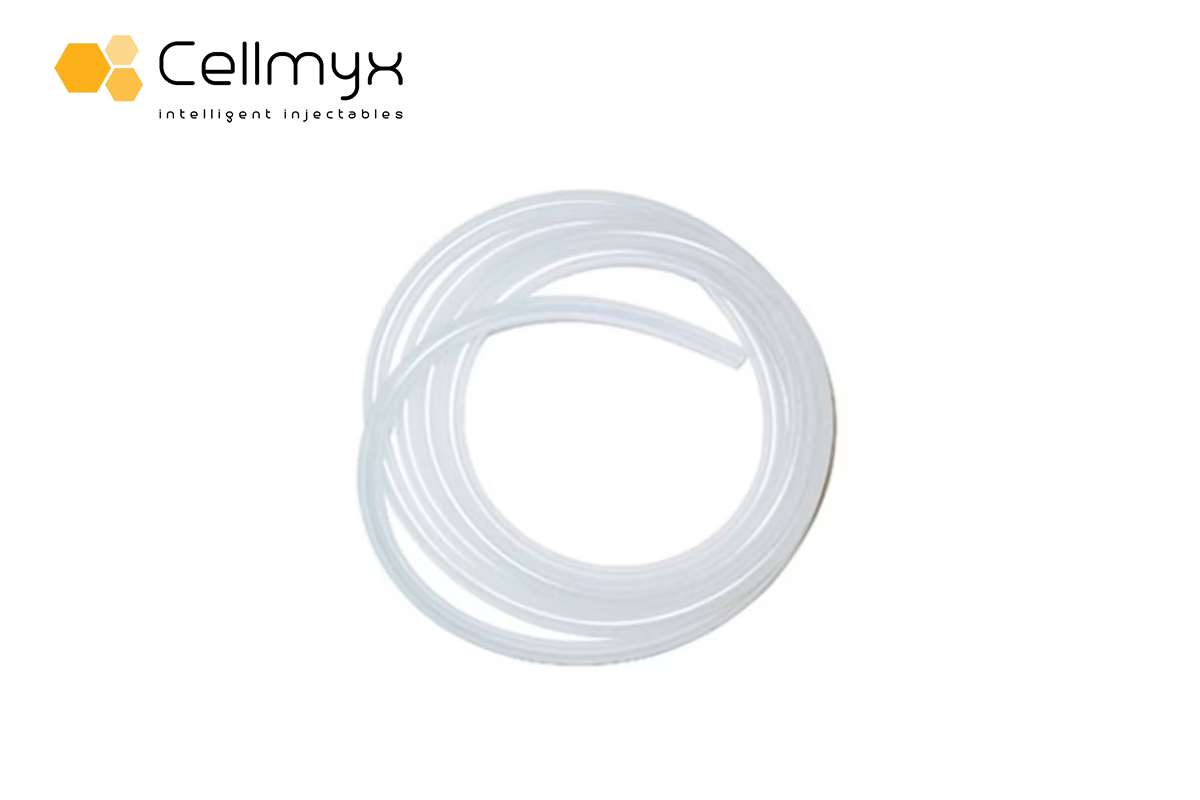Notifications

6 minutes, 45 seconds
-153 Views 0 Comments 0 Likes 0 Reviews

Cosmetic surgery has come a long way and now has more natural ways to enhance the body. One of the most sought-after methods is fat transfer, which is taken from one part of the body and is injected into another. It is a method that enables patients to have a more defined body without needing artificial implants. Cosmetic Surgery Fat transfer is usually performed on the hips, buttocks, breasts, and face, giving a well-proportioned appearance.
It starts from liposuction, sucking fat from parts of the body such as the abdomen, thighs, or flanks. Fat is purified to allow healthy fat cells to form without impurities. After purification, the surgeon carefully injects the fat into the desired areas to sculpt the body as precisely as possible. Patients enjoy this double benefit: contouring an area of concern and beautifying another area.
Natural body shaping is fat transfer, unlike conventional implants. It derives from the patient's tissue and has no risks of allergic reaction or rejection. Cosmetic surgery professionals use Microdroplet injection methods for random distribution, resulting in a long-term outcome with a natural feel in motion.
Fat transfer relies on the surgeon's experience, the patient's body composition, and the quality of the fat being harvested. Generally, 60-80 per cent of this fat is alive after a year, while the rest is absorbed within a couple of months. In general, surgeons overfill sites targeted a little to compensate for true absorption, and after healing, there is an augmented contour.
The quality of the fat is critical to the success of fat transfer. Surgeons handle the removed fat carefully so that cell survival is not compromised. Fat damage and reduced survival following transfer result from over-processing, high-speed centrifugation, or contact with contaminants.
Cosmetic Surgery Today emphasizes gentle harvesting and gentle cleaning techniques. Low-vacuum liposuction and purified filtration systems offer the surgeon the best conditions possible for transferring fat. Studies suggest that more regenerative capabilities are retained by well-managed fat for purposes not only of volume addition but also for the long-term beneficial effect on the texture and elasticity of skin.
Fat transfer has emerged as a multi-purpose tool in most cosmetic surgery procedures. It is often employed to augment:
· Breasts: Mild enlargement or the correction of implant asymmetries.
· Buttocks: Creating fuller, rounder gluteal contours, commonly referred to as the Brazilian Butt Lift (BBL).
· Face: Replacing lost volume in cheeks, under-eye depressions, and jawline definition.
Fat transfer is thus a surgical enhancement more commonly selected by patients wishing for a more subtle change and a more natural appearance. Because it utilizes the body's materials, the postoperative look and feel are typically more authentic with fat transfer, hence better harmonious with the rest of the body.
It initiates with a careful consultation where the body has to be assessed by surgeons to identify the best areas for liposuction. Liposuction is performed first by surgeons with care to maintain the integrity of the fat cells. The harvested fat is processed to remove excess fluids and damaged cells. The purified fat is injected into the specified areas with specialized cannulas with controlled accuracy by the system.
Postoperative recovery is characterized by minimal swelling, bruising, and temporary pain. Compression garments are often suggested to aid in healing. Final results usually appear within three to six months as grafted fat solidifies and blends into the surrounding tissues.
If fat transfer falls into the hands of a competent cosmetic practitioner, it would generally be a safe procedure, yet some probable hazards do exist. Complications might include fat necrosis, asymmetry, or the need for touch-up procedures. Patients should also be aware of the risk of fat embolism, an uncommon but fatal condition wherein fat runs into the bloodstream.
Fat transfer has transformed the field of cosmetic surgery by enabling individuals to shape their perfect bodies with their own tissue. This technique provides a softer, more natural appearance than the established implant-based techniques. Although proper planning and surgical experience are essential, most patients attain pleasing results that blend exquisitely with their overall anatomy.
The history of cosmetic surgery in fat transfer also points to the significance of sophisticated medical equipment. Medical equipment like silicone tubing is crucial to transferring fat safely during surgery, with minimal contamination and maximum preservation of fat. Silicone tubing is sterile during the process of extracting and reinjecting fat, and this goes directly into determining the persistence and success of fat grafts.
tumescent infiltration cannula cosmetic surgery fat transfer silicone tubing autoclavable

